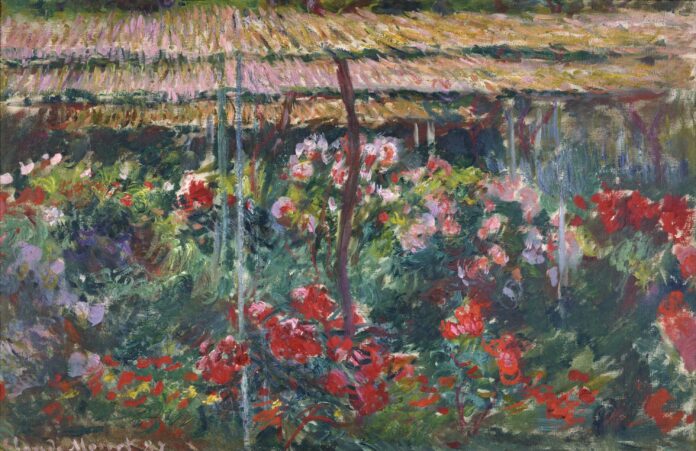
As a plein air artist, you are part of one of the largest art movements in history. Learn about those who have helped start this movement in some way, and be inspired to continue your own journey of landscape painting. For even more inspiration, subscribe to PleinAir Magazine.
Our Plein Air Heritage
Claude Monet (1840-1926)
Claude Monet began work on his flower garden immediately upon moving to Giverny in May 1883. Starting on the area nearest to his rented home, the artist planted some of his favorite annuals — poppies, sunflowers, and nasturtiums.
As he continued to convert the former farming plot to a flowering garden, he would often trade seeds and cuttings with his friend and fellow Impressionist painter Gustave Caillebotte.
When he was finally able to purchase the house and land several years later, he took a much more ambitious approach to the garden, hiring full-time gardeners and building a large greenhouse to begin introducing a more extravagant range of species — irises, peonies, delphiniums, Oriental poppies, and asters.
Carefully curated through the eyes of the artist, the packed garden offered up a steady stream of inspiration. Just as some flowers began to wither, others would begin to bud.
“Bare earth was anathema to him,” wrote Claire Joyes, author of Claude Monet at Giverny — A Tour and History of the House and Garden. “He avoided dark flowers; conversely, he could never get enough of blue … he abhorred single flowers, permitting double blooms only in roses and herbaceous peonies; and he loathed variegated foliage.”
> Subscribe to Plein Air Today, a free newsletter for artists




Hello
I’m an artist of 5yrs painting is my life. I paint in mixed media.